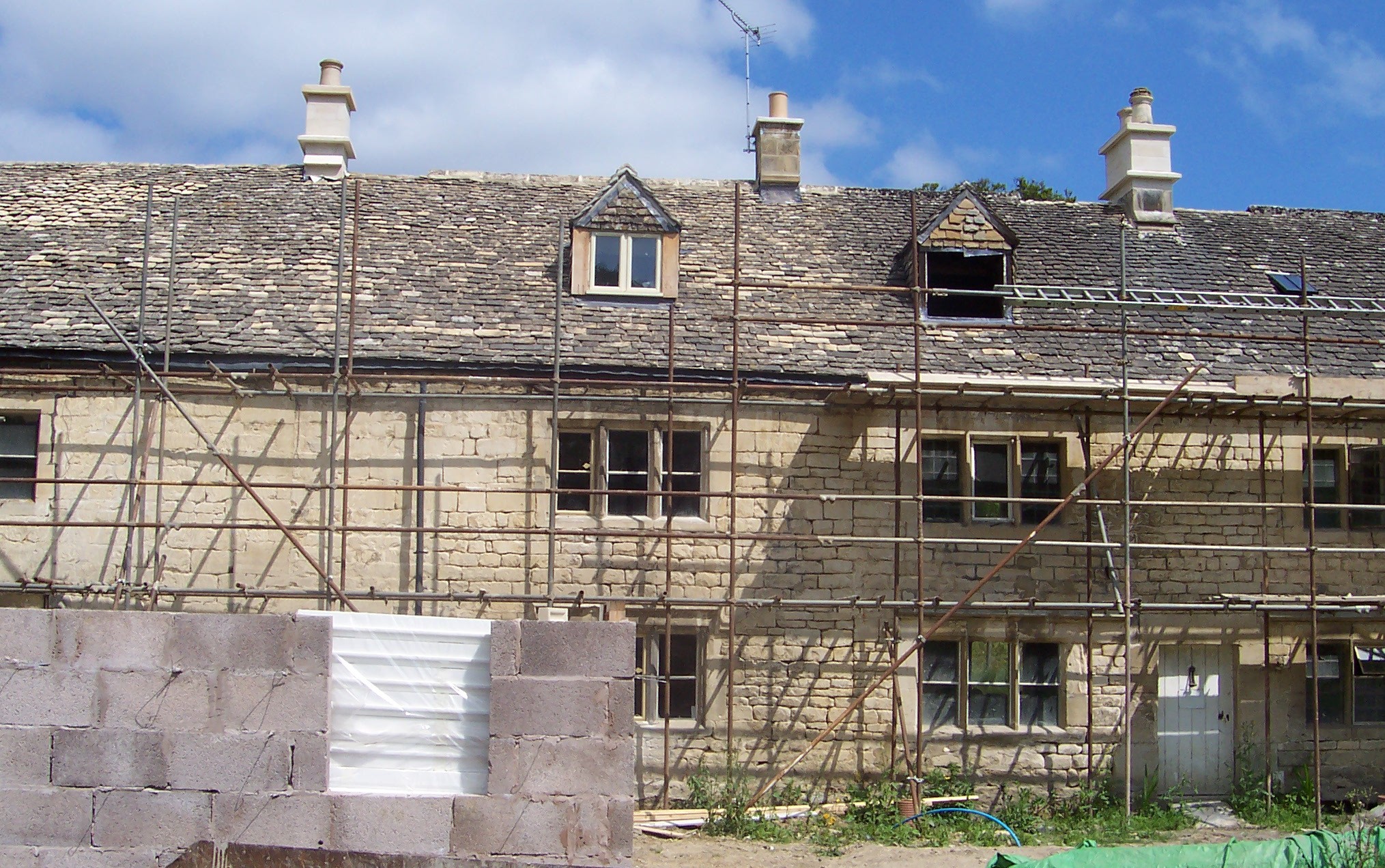Listed buildings
|
A Listed Building is a structure deemed to be a building of ‘special architectural or historic interest.’ As a rule, all buildings dating from before 1700 are Listed, as are most built between 1700 and 1840, though there is more selectivity. Whilst very few buildings constructed after 1840 are deemed to be eligible for Listing, the numbers are increasing. Listed buildings are divided into three Grades: II, II* and I. These Grades generally reflect the buildings’ national importance, but all listed buildings, no matter what their Grade, are legally protected to guard against harmful alterations. |
What is covered by the listing?
Many buildings were Listed without internal inspection, and it has become a common misconception that only their fronts are listed. In fact, the whole of the building, no matter what the Grade, has full legal protection, inside and out, back and front. Even modern additions to the building, no matter how unsightly, are listed.
As well as the main building, any structures that were connected with the Listed building before 1948, for example, barns or washhouses, walls and fences, are also legally protected by what is known as ‘curtilage listing’. Curtilage structures will probably not be mentioned in the list description, so it is always worth checking their status with the conservation department.

